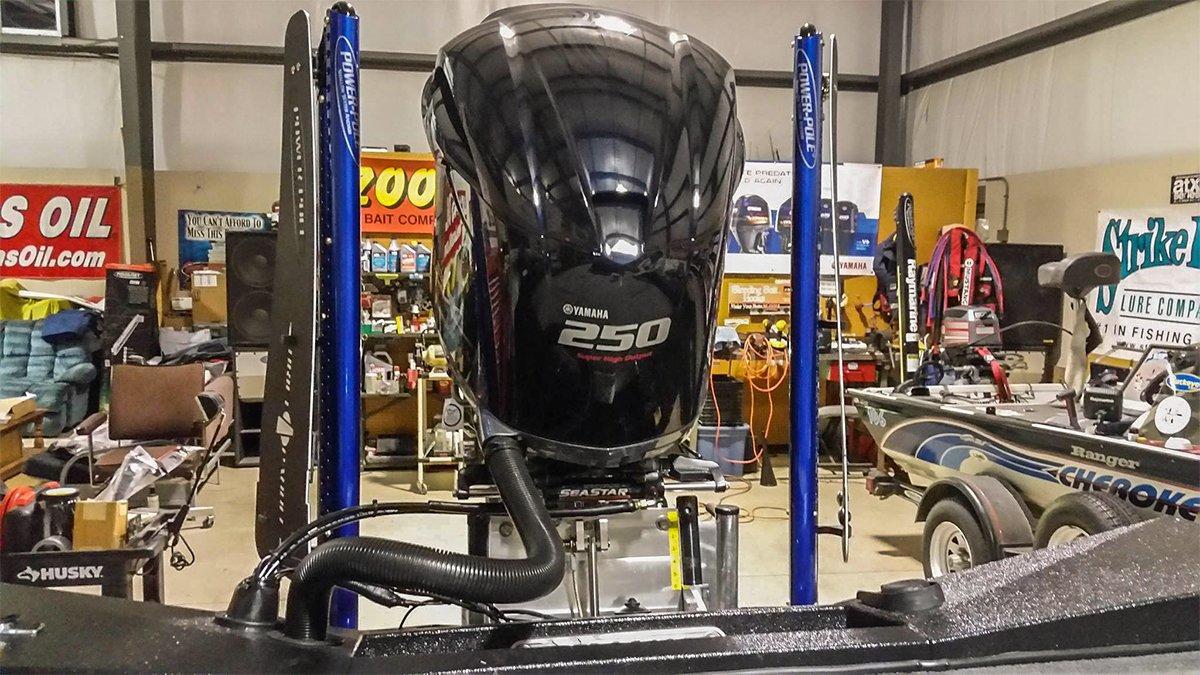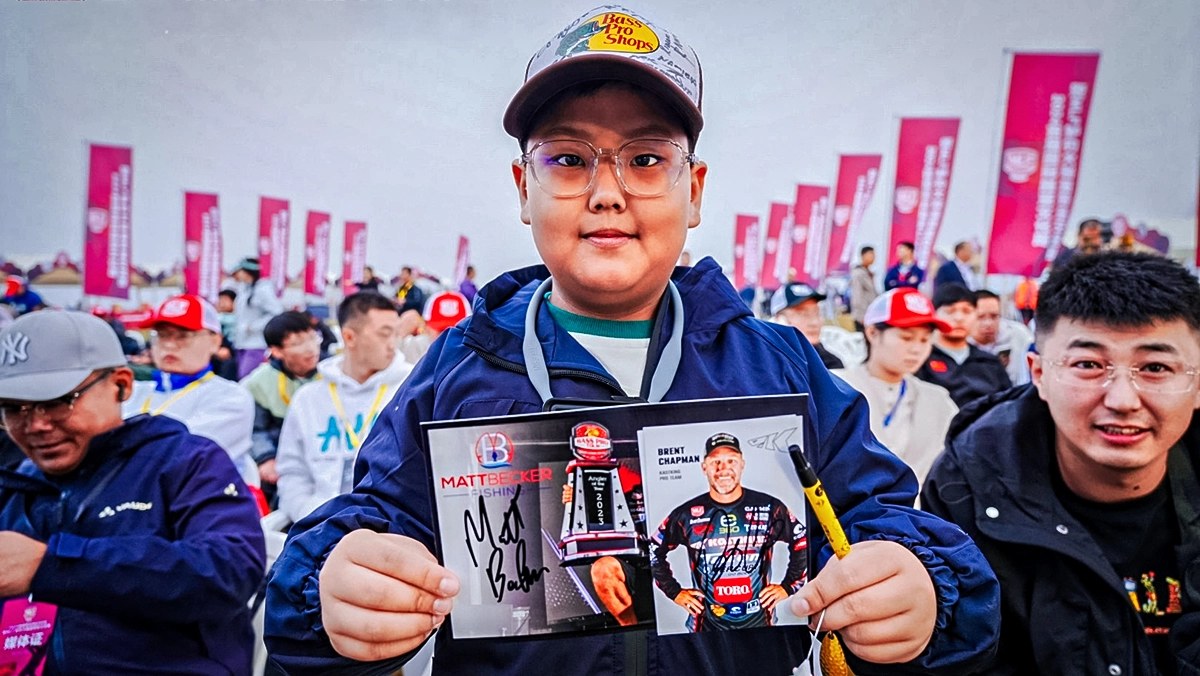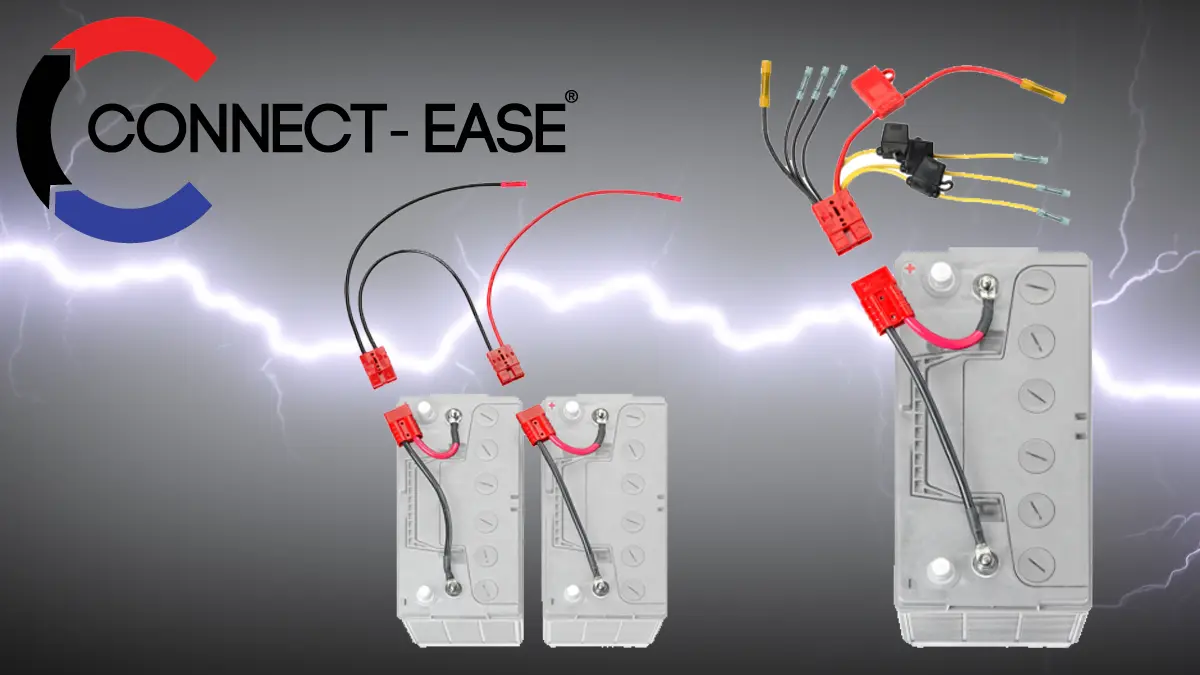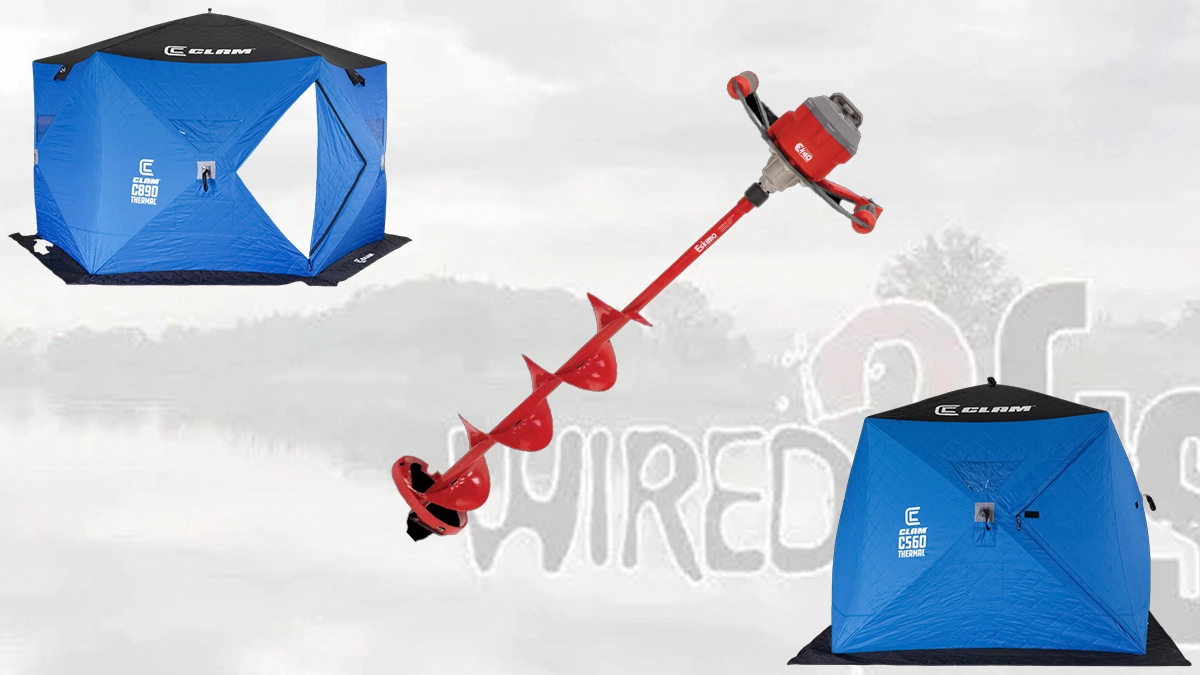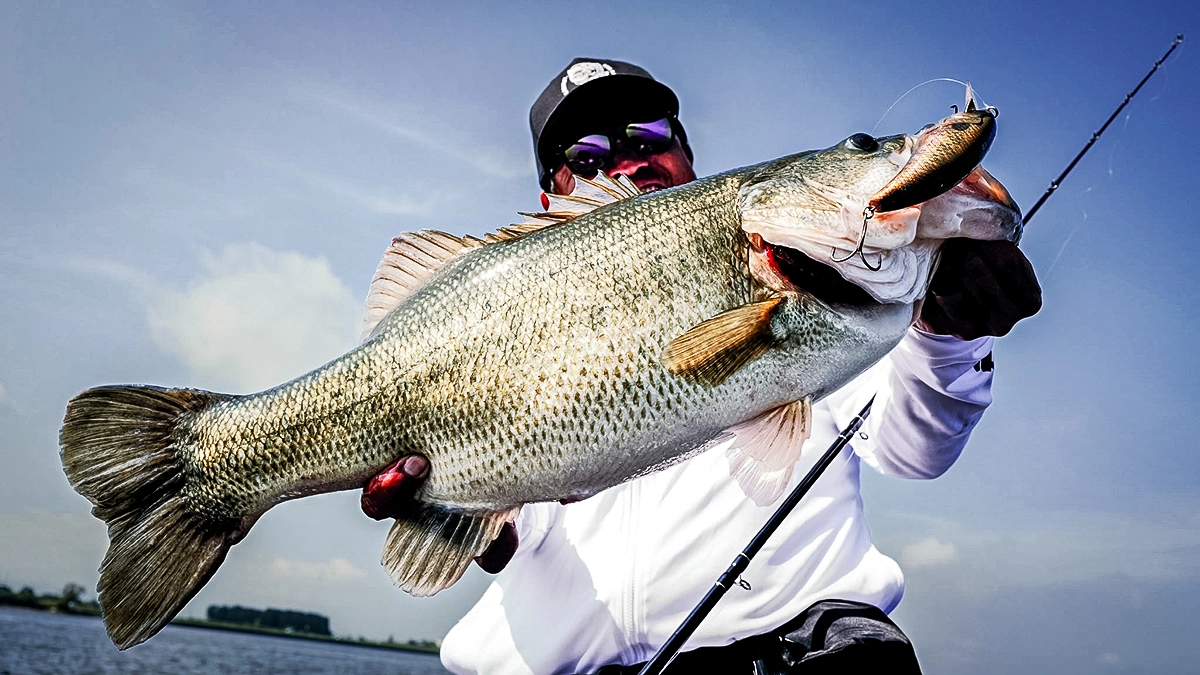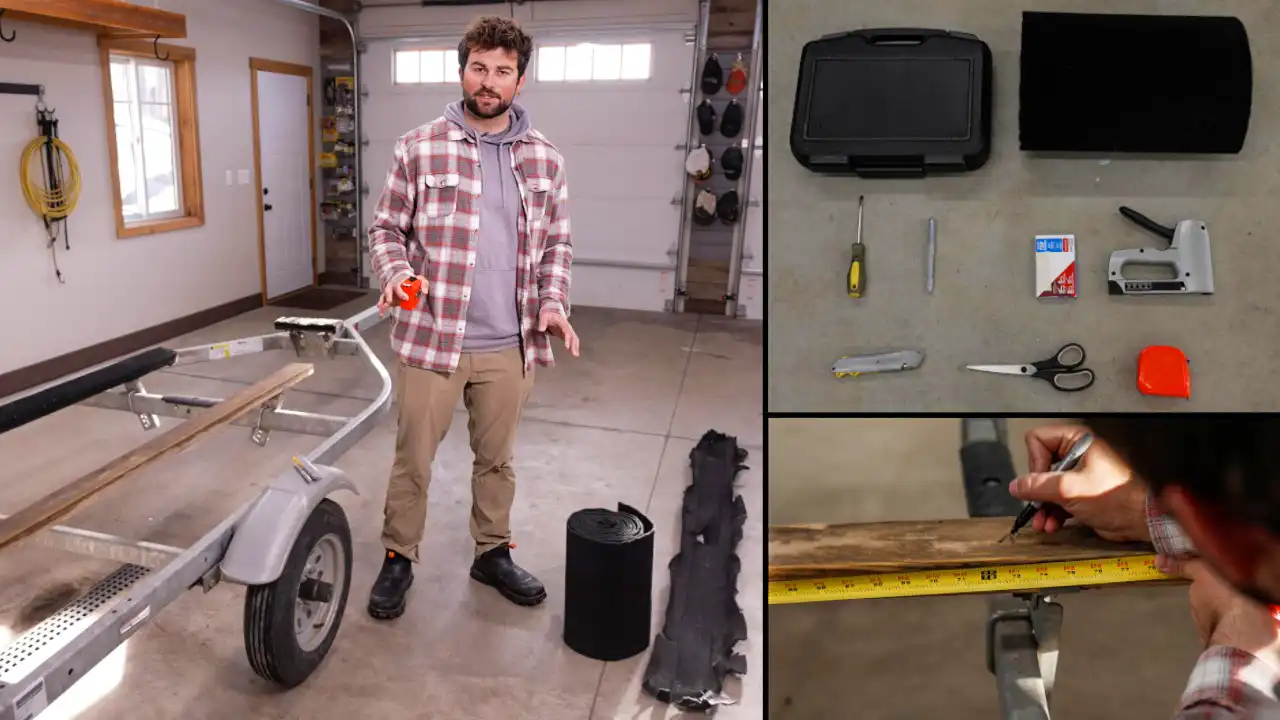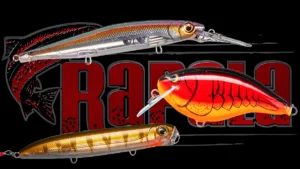For most of us, buying a new outboard is a major investment so regardless of its size, it’s imperative to properly break it in. Not only does it ensure everything works appropriately, but also gives the engine the best opportunity to be well lubricated to include pistons, rings, cylinders and even the lower unit.
Today’s engines are sophisticated machines and taking the proper care both in break-in and maintenance will make sure that investment lasts longer and runs better.
There isn’t a lot of difference in break-in between two and four-stroke engines, but of course you don’t have to add oil to the fuel of the four-stroke. The four-stroke is like a car engine where periodic changes of oil and fuel is all that’s necessary. Two strokes have to have oil added to the fuel and range from 50:1 to 100:1 mixtures depending on brand, horsepower and age of the engine.
No matter brand of engine, proper service is important. Older engines may need more care but the same advice applies. I have two Yamaha outboards—a 10 horsepower and a 250 SHO—so I follow the specific guidelines for them but other types of engines need similar TLC.
I use Yamaha Ring Free and Fuel Stabilizer in both four and two-stroke engines. Due to gasoline quality, it’s important to make sure deposits and moisture are kept to a minimum. Outboards live in some pretty harsh environments including high loads, high RPMs and high temperatures and different types of water quality; so they’re certainly put to task just about every time out.
Maintaining your engine means having a pre-launch checklist that includes checking trim and tilt, checking battery charge and looking for leaks at bare minimum. Checking engine brackets, prop, anodes and oil levels is a good step, too.
If you haven’t run your outboard for a while, it’s a good idea to hook it up via the built-in flush fitting or with an outboard muff and run it in the driveway for a while. Water should run around the outside of the muffs when turning the water on. Let the water run a couple minutes before cranking the engine and be sure to check the engine water outlet. You should change the water pump impellor at least once a year. Letting your engine run at 900 RPM max for 15 minutes will assure it’s running properly.
On new engines, it’s good to change oil and lower unit lube after 20 hours of use then every 100 hours after that. The 10-micron filter should be changed whenever you change the oil. Other filters should be periodically checked and replaced at 100 hours.
Gaskets on the lower unit drain and fill holes should be checked each time it’s replaced and replaced when necessary. Dried or cracked gaskets can cause leaks and allow water to get into the lower unit. When draining the lower unit if it is milky or whitish looking, contact your local dealer as you may have a leak.
Spraying connections under the cowling with a high grade silicone spray will prevent corrosion and keep rubber parts supple and protected. If the engine is running rough, you may need to change the spark plugs, too. Only use manufacturer-recommended plugs.
Check your prop shaft occasionally and remove the prop to look for debris such as line or weeds, as they can both cause a seal to get warped or worn. Also, use a light coat of marine grease on the shaft before replacing the prop. This is a good time to check for dings and bent prop blades and replace if damaged. High vibration can cause lower unit failure if the prop is in bad shape.
I check oil levels every trip or so in the four-stroke and make sure I add the exact amount of oil in the two-stroke fuel. Two-stroke oil should be both NMMA and TC-W3 rated.
Build a relationship with your local dealer and if anything seems overwhelming for you to do yourself, ask them for help or have them do it.
Nothing is better than a great-running outboard and you can take steps to ensure it always will by providing proper maintenance. Taking the time to do it right can save a bunch of money and an equal number of headaches.


